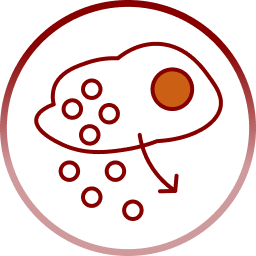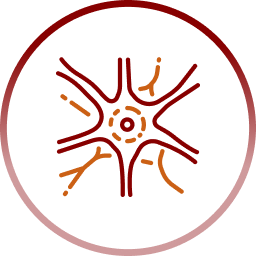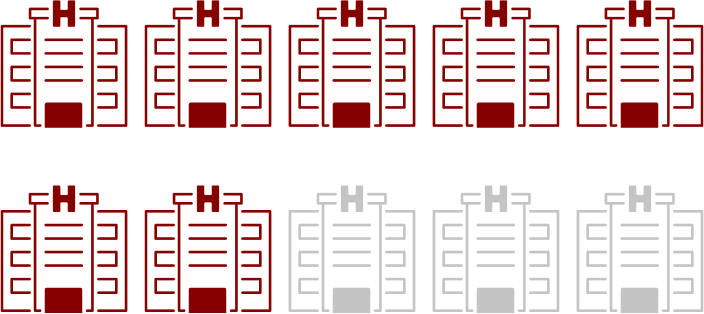The pathophysiology of CKD-associated Pruritus is multifactorial and several causes have been implicated1

Toxin deposition

Increased release of pro-inflammatory cytokines from immune and skin cells

Peripheral neuropathy

Opioid receptor dysregulation on peripheral sensory neurons: imbalanced mu- and kappa-opioid receptors (MORs and KORs)
MODE OF DISEASE
4 OUT OF 10 HD PATIENTS MAY SUFFER FROM MODERATE TO SEVERE* CKD-ASSOCIATED PRURITUS2
In the Dialysis Outcomes and Practice Patterns Study (DOPPS)† involving 23,264 haemodialysis (HD) patients from 21 countries:2

of all patients were bothered to some degree by itch

of all patients were moderately to severely† bothered by itch
CKD-ASSOCIATED PRURITUS IS BOTH UNDER-RECOGNISED AND UNDER-REPORTED3,4
In DOPPS§ 1 in 4 HD patients with
CKD-associated Pruritus who were bothered by itch did not report it to their clinician4

69% of medical units
underestimated CKD-associated Pruritus3

CKD-ASSOCIATED PRURITUS IS MUCH MORE THAN JUST AN ITCH2,3,5
Reduced quality-of-life
Strong associations were observed between itch severity and poor physical and mental quality-of-life, depressive symptoms, and poor sleep quality.2
Due to the appearance of their skin and the urge to scratch, CKD-associated Pruritus patients may avoid social interactions.6
Increased health risks and increased strains on healthcare resources
Compared with CKD-associated Pruritus patients who were not bothered by itch, patients who were extremely bothered by itch:2
 Had higher rates of all-cause, cardiovascular-related, and infection-related hospitalisations
Had higher rates of all-cause, cardiovascular-related, and infection-related hospitalisations Had a greater risk of all-cause mortality
Had a greater risk of all-cause mortality Were more likely to withdraw from HD or miss HD sessions
Were more likely to withdraw from HD or miss HD sessions



